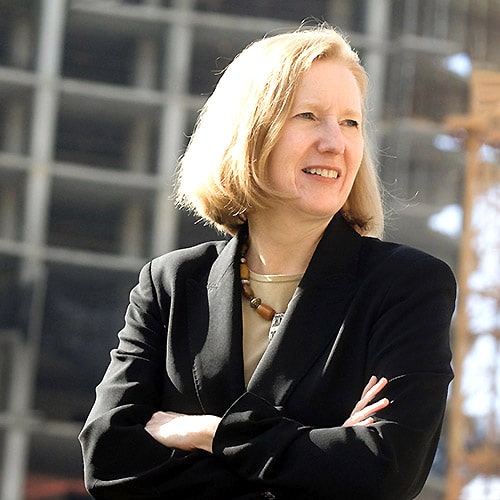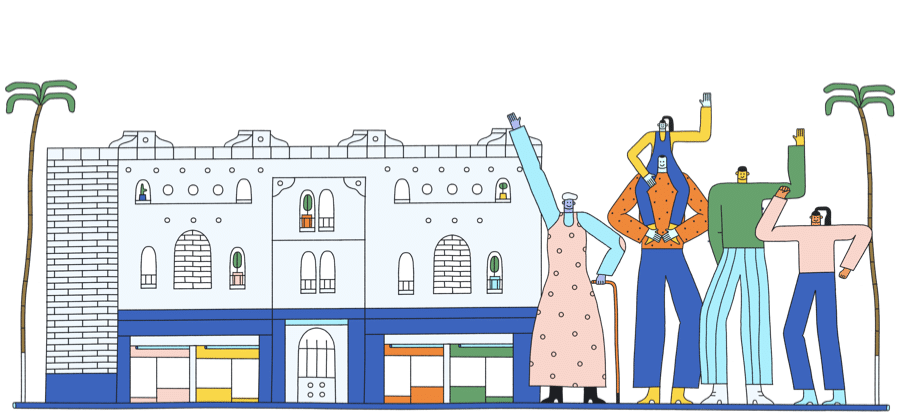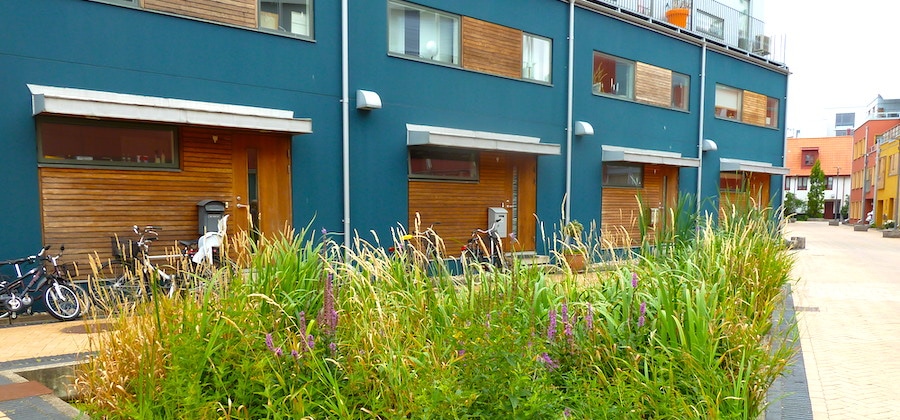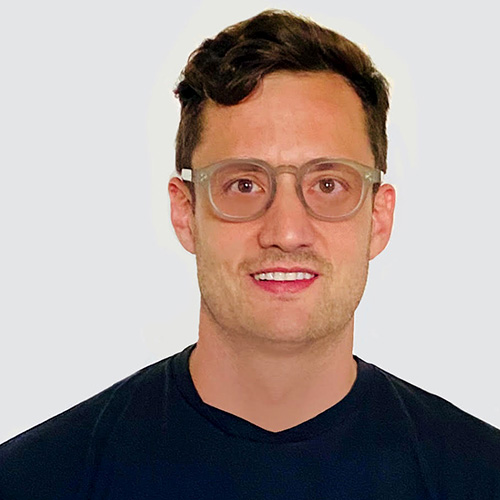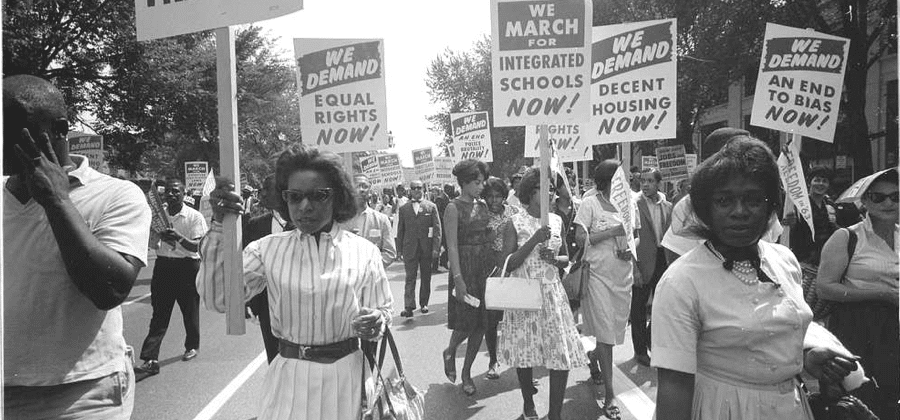
The United States has an ugly history of displacement, exclusion, and segregation which continues to this day. Blacks continue to be denied the same opportunities that are given to whites for affordable rental, home ownership and wealth building. While many may believe that this state of affairs somehow occurred organically, the truth is that Federal, state, and local policies have all led to that displacement and segregation. Those policies continue to undermine the prosperity of minorities, stripping them of wealth and financial stability.
Just a few of the policies that led to catastrophic outcomes for Blacks were:
- Policies to create outdoor space. In the 1850s thousands of predominantly Black residents were displaced to create Central Park in New York city. And in Atlanta, the oldest subsidized affordable housing project, where 30,000 mostly Black families lived, became Centennial Olympic Park.
- Policies that discouraged racially diverse neighborhoods. The Federal Housing Administration justified housing discrimination by asserting that if Blacks bought property in white neighborhoods, then insurance values would fall causing loans to be at risk. There was no basis for this rationale.
- Policies that ‘red-lined’ neighborhoods. The New Deal, established by Franklin D. Roosevelt to stimulate the economy after the Great Depression, offered home-buying aid to Americans. But color-coded maps of every metropolitan area in the country determined where it was “safe” to insure mortgages. Areas where Blacks lived were ‘red-lined’ to indicate that they were too risky.
- Policies that encouraged ‘white flight’. Post World War II, the Federal Housing Administration and Veterans Administrations focused on moving the entire white working-class and lower middle-class populations out of urban areas and into single family homes in all-white neighborhoods. This was the beginning of suburbanization and these suburbs came to ring all American cities. And it led to the devaluation of inner city neighborhoods where Blacks lived for many decades.
More recently there has been a shift in housing tastes when life in suburbia, with its gridlocked highways for the morning and evening commute, became less appealing. And so a shift in housing demand has emerged, changing the landscape once again. Wealthy and middle-class people began moving back into urban areas, leading to the redevelopment of previously blighted urban neighborhoods. This revitalization and resulting gentrification exacerbated racial inequality and caused further displacement as Blacks, unable to afford newly gentrified neighborhoods, had to leave once again.
In his book, ‘The Color of Law: A Forgotten History of How Our Government Segregated America’, Richard Rothstein explores the history of housing segregation in the United States. He argues that each of these policies violated the Constitution. Although he recognizes the efforts being made to remedy the situation, he believes we need a more coordinated, new civil rights movement. One focused on housing segregation, to jumpstart desegregation in a meaningful way.
Listen to my conversation with Richard.
Civil Rights March on Washington D.C. from Library of Congress, Public Domain

